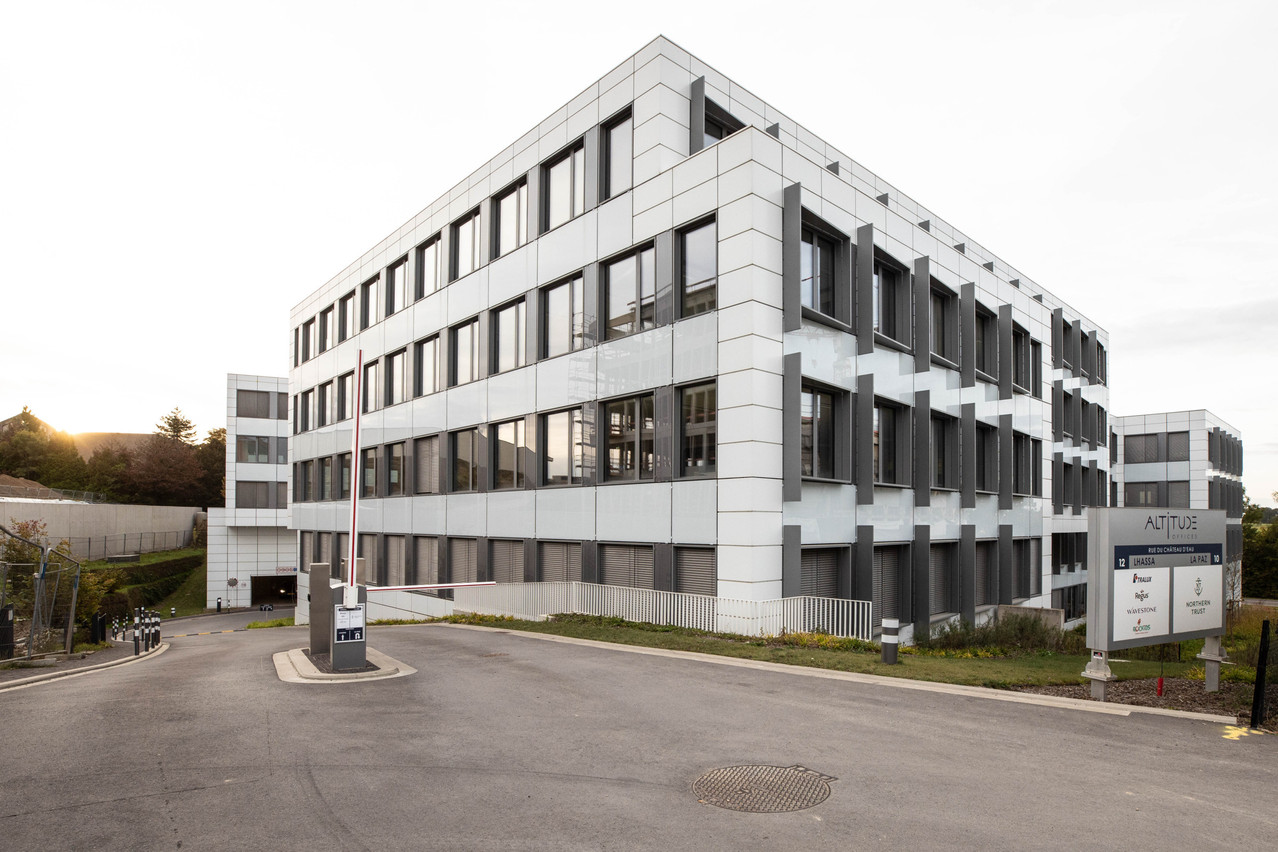The 180 employees of the Luxembourg branch of Swiss Life will certainly not forget the text message they received in the early hours of 15 July. On that day, the company asked them not to come into the office in the Cloche d’Or but to work from home, as the headquarters had been flooded following and its neighbouring countries on the night of 14 to 15 July.
"There was a metre of water in the car park and the electricity transformer was completely flooded,” says Mike Winants, office & facility manager at Swiss Life. It would take three days to assess the damage, as pumping out the water in the lower level of the building on Rue Eugène Ruppert was time-consuming. The building is close to the Oberweis offices, which were also heavily affected by the floods.
A need to work face-to-face
The floods happened at a peculiar time; the company had put an end to widespread teleworking since mid-2020, in favour of alternating face-to-face and remote work. "We realised after the lockdown that there was a need to work as a team, and therefore to be present in the building," explains Johan Wyngaert, head of IT & organisation.
The teleworking introduced on 15 July was therefore temporary, and the company soon started looking for new offices. "We were not the only ones in this situation: we needed premises that were available right away and adapted, at least minimally, to the way our teams work, and preferably near the Cloche d'Or, so that our employees would not have to make major changes," says Winants.
After two visits to the premises, the management opted for a location in the industrial zone of Leudelange. It signed the lease on 27 July. On the same day, some employees were already taking up residence in the workspace provided by Regus.
The lessons learned from lockdowns and floods
In practice, each employee already has all the IT tools at his or her disposal, since the company had adopted generalised teleworking during the first lockdown. But at the end of July, three pieces were missing from this express puzzle: a complete telephone system, the ability to scan all incoming mail, and the ability to print securely. "This kept us busy for a few days, but apart from these three points, we were fully operational," says Christophe Thierry, IT operations manager and business continuity manager.
The fact that these IT services were outsourced helped us to manage the crisis situation more easily.
With the exception of telephony and the local network, which are deployed internally, all of Swiss Life's IT data is hosted by an external provider. "The fact that these IT services are outsourced helped us to manage the crisis situation more easily," says Wyngaert.
Swiss Life already had business continuity plans in place, which were useful for those days in July when the unthinkable happened: they helped the management of alternating work organisation, summer holidays for some of the employees, and the upcoming collective holidays for the construction industry, whose intervention was necessary to restore the Cloche d'Or buildings.
At present, Swiss Life still occupies 700m2 in the Altitude building in Leudelange. The location has good parking facilities, and to compensate for the poor public transport links, the management has set up shuttle buses to and from the Kockelscheuer P+R.
Among the lessons learned from this express move, our interviewees cite the importance of communication --both internal and external--but also adjustments to BCP's plans, and finally, adaptation to a new working environment.
According to our contacts, Swiss Life should return to its original premises at the end of the first quarter of next year.
